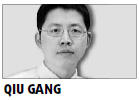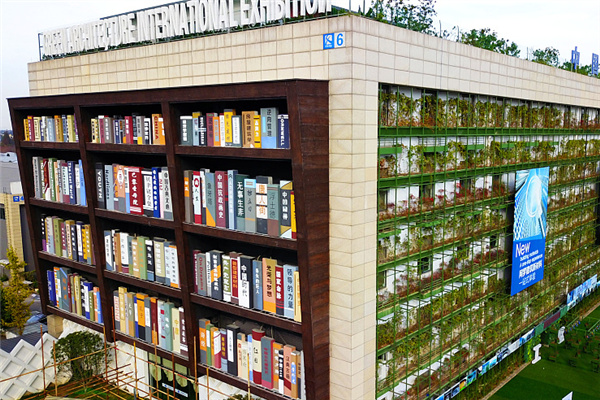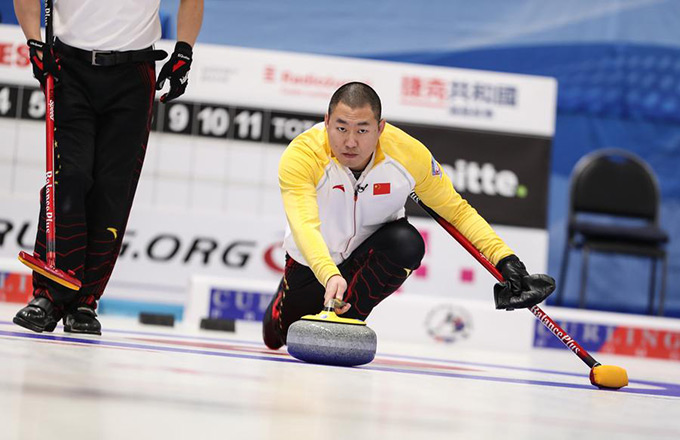


With the rising popularity of highly energy-efficient products, competition is increasing throughout the flat-panel TV industry.
In October, the Chinese government released a guideline on the introduction of the "energy consumption efficiency rating indication system" for flat-panel televisions. Under the guideline, the government plans to allow only flat panel TVs with high energy-efficiency ratings to be distributed in China beginning in 2010.
Major countries worldwide have enacted a string of energy efficiency standards for TVs.
In November 2008, the US Environmental Protection Agency and the European Union each implemented rules that stipulate the minimum level of energy efficiency for TVs. Japan and Australia also unveiled new energy consumption efficiency standards and energy consumption efficiency indication rules for TVs this year.
The Chinese government is also driving forward with plans to enhance the overall energy efficiency of home appliances, particularly focusing on flat-panel TVs.
Since 2005, China has pursued the establishment of an energy efficiency standard for large and small home appliances, including refrigerators, air conditioners, washing machines, microwave ovens and gas water heaters.
Plans are afoot for China to also introduce an energy efficiency indication program for small home appliances such as flat-panel TVs, microwave ovens and electric fans. The energy efficiency rating of flat-panel TVs is determined by evaluating the amount of energy consumption based on the criteria of display size and brightness.
The increasing consumer demand for energy-efficient flat-panel TVs has led to the establishment of a State-level energy efficiency program.
An increasing number of consumers are becoming more sensitive to product prices and the cost of usage, as well as showing more preference for energy-saving and environmentally friendly flat-panel TVs.
Green management
TV manufactures have a keen interest in improving their image through the development of energy-saving models.
Konka, for example, launched a "high quality, low price" strategy, aimed at attracting more customers by upgrading its infrastructure. Konka also plans to expand the coverage of its green management strategy to the entire spectrum of its businesses.
To make its products comply with the EU's Restriction of Hazardous Substances Directive (RoHS) requirements, Konka set up an environmentally friendly RoHS Total Solution industrial chain to ensure the integrated operation of raw material management, production management and testing of finished products.
Konka is not alone. Hisense is also placing the focus of its research and development on energy-saving light-emitting diode (LED) development. In August, Hisense embarked on the development of the "ultra energy-saving LED TV".
Under its Green liquid crystal display (LCD) strategy, Tsinghua Tongfang is now using energy-saving LCD panels, while also adopting environmentally friendly materials for the production of TV frames.
Samsung and Panasonic recently began production of highly energy-efficient flat-panel TVs using backlights and panels made from environmentally friendly materials.
Samsung rolled out a brand new LED TV that saves energy by up to 40 percent compared to existing CCFL (cold cathode fluorescent lamp) backlight models. Panasonic developed a cutting-edge plasma display panel (PDP) panel through the application of its in-house NeoPDP technology and succeeded in reducing the electricity consumption of PDP TVs by up to 50 percent without damaging image quality.
Sony, Konka and Sharp, all of whom employ state-of-the-art artificial intelligence technologies, launched the production of energy-saving flat-panel TVs that contain a variety of industry-leading functions such as backlight brightness control and power management.
Sony's V5500 series LCD TV features a standby setting and a power management function, plus a light sensor that automatically controls the brightness of the screen. Sharp and Konka both adopted artificial intelligence-based backlight brightness control technologies.
Armed with cutting-edge TVs applied with LED backlight technology, an increasing number of TV manufactures in and outside of China are making rapid forays into the Chinese market.
Sharp, Samsung and Sony started releasing LED TVs in the Chinese market in the second half of 2008.
Local color TV manufacturers such as Hisense and TCL also formulated a blueprint aimed at placing a larger focus on LED TVs. Within the next two years, Hisense plans to upgrade its flagship models for the urban markets with its LED-LCD TVs.
During this year's National Day week, LED TVs emerged as the hot-selling item. All of the new products released in September by local TV makers such as Hisense, Changhong, Konka, Skyworth, TCL and Tsinghua Tongfang were LED TVs.
Konka, for example, marketed two high-price flat-panel TV series, e-LED88 and e-NET86, featuring LED backlighting and mercury-free LCD panels.
Along with the implementation of the strategy to improve the energy efficiency of flat panel TVs, the Chinese government is also working on initiatives to drive the color TV manufacturing industry toward upgrading its products.
Once the three-grade energy efficiency rating system goes into effect, first-rated or second-rated flat-panel TVs will enjoy more popularity than others.
It is likely that third-rated flat-panel TVs, which now account for about 15 percent of the flat-panel TV market, will fade out of the market on a gradual basis. The Chinese government plans to extend institutional benefits to first-rated and second-rated color TVs to promote greater use of energy-saving models.
China also plans to encourage TV manufacturers to accelerate the development of energy-saving models.
To this end, China will strictly impose the energy efficiency rating standard for flat-panel TVs that are procured by the government or promoted under "home electronics down to the countryside" policy.
The energy efficiency rating system for flat-panel TVs is expected to contribute to creating a competitive environment for the color TV industry. Due to stiffer price competition, Color TV makers are easily tempted to be negligent in developing new technologies.
However, an increase in demand for energy-saving products and the energy efficiency rating strategy will serve as an opportunity for the color TV industry to refocus on improving brand value.
This strategy will also facilitate the withdrawal of companies with a fragile production base or that focus too much on price competition, thereby promoting the sound development of the industry.
The author is a researcher with Samsung Economic Research Institute (China). The views expressed here are his own.
(China Daily 12/21/2009 page2)













